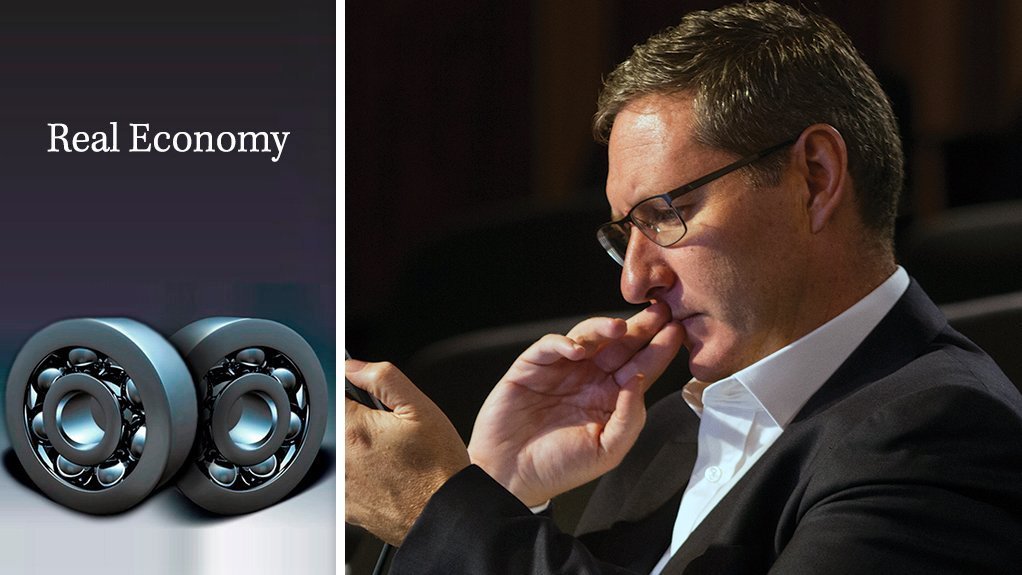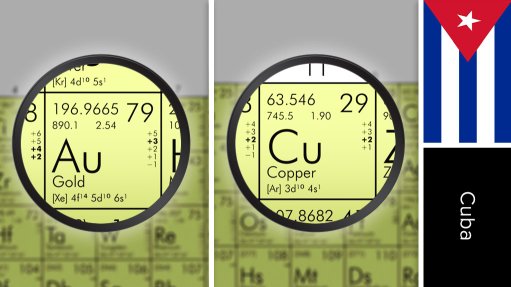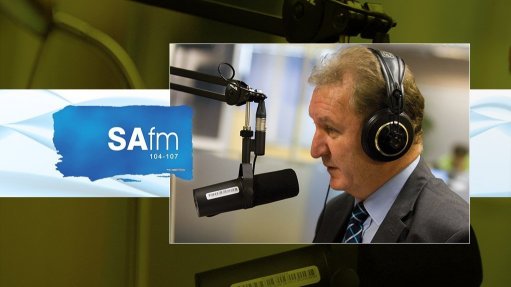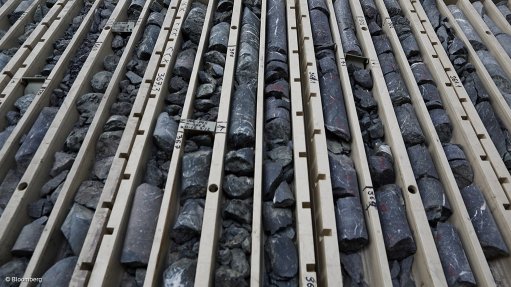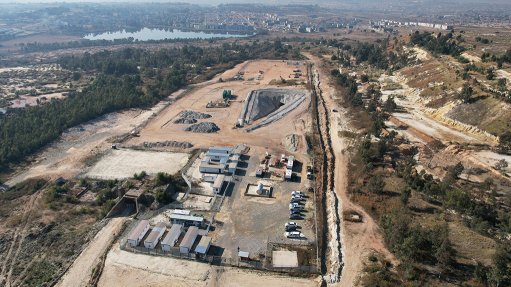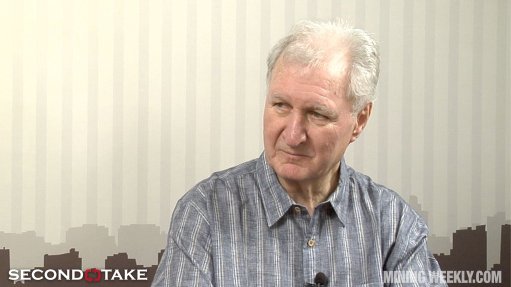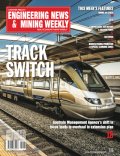Milestones & Opportunities
Fresh analysis by Bloomberg New Energy Finance (BNEF), showing that the combined installed base of wind and solar photovoltaic (PV) generators breached the one-terawatt mark at the end of June, offered statistical confirmation of an energy transition that is now in full swing. Of this total, wind is estimated to comprise 54% and solar PV 46%, with solar having closed the gap on wind dramatically in recent years.
Overall, the installed capacity of solar and wind has grown 65-fold since 2000, having more than quadrupled since 2010. And BNEF estimates that the second terawatt should be installed by mid-2023. Quite astonishingly, the capital expenditure associated with the next one-trillion watts of capacity will be 46% lower, at $1.23-trillion, than the $2.3-trillion invested to build the first one terawatt.
The upward investment trend will not follow a straight line, though. Cyclicality is already evident in the International Energy Agency’s ‘World Energy Investment 2018’ report, which shows that spending on renewables declined by 7% last year, despite record levels of solar PV investment. The outlook for 2018 is equally mixed, particularly after the Chinese government’s June 1 policy adjustment restricting, with immediate effect, new solar installations that require a national subsidy. Nevertheless, the trend has been established and BNEF’s latest ‘New Energy Outlook’ report forecasts that wind and solar technology will provide almost 50% of total electricity globally by 2050.
What could this mean for South Africa? In the interest of full disclosure, I need to acknowledge that my answer is based largely on a book I recently wrote in collaboration with Dr Tobias Bischof-Niemz, previously of the Council for Scientific and Industrial Research. In the book, we conclude that, although the energy transition poses some technical and social challenges, South Africa has far more to gain by embracing it than it risks losing.
Economically, we have an opportunity to develop electricity into an unassailable comparative advantage in a world transitioning to variable renewable energy – the natural consequence of having superior resources to those of most other countries. For instance, because South Africa has almost two times more solar energy hitting each square metre per year than most European countries, the electricity generated from its solar panels is roughly 50% cheaper.
There is also no longer a trade-off between cheap and clean, with new renewables now 40% cheaper than new coal. The book argues that, even after backing up this cheap, variable renewable energy with small amounts of expensive, flexible energy, a renewables-led mix will be 20% to 30% cheaper to build than new coal or new nuclear. Such a mix is also associated with lower emissions, less water consumption and higher job creation than the alternatives.
The main impediments for South Africa, therefore, are neither economic nor technical. Instead they are political and social. For one, the process of crafting an Integrated Resource Plan has become more politicised and divisive than should be the case.
Secondly, a degree of reticence has arisen, owing to concerns about the potential for social dislocation in the event that the coal sector is materially downscaled.
Comments
Press Office
Announcements
What's On
Subscribe to improve your user experience...
Option 1 (equivalent of R125 a month):
Receive a weekly copy of Creamer Media's Engineering News & Mining Weekly magazine
(print copy for those in South Africa and e-magazine for those outside of South Africa)
Receive daily email newsletters
Access to full search results
Access archive of magazine back copies
Access to Projects in Progress
Access to ONE Research Report of your choice in PDF format
Option 2 (equivalent of R375 a month):
All benefits from Option 1
PLUS
Access to Creamer Media's Research Channel Africa for ALL Research Reports, in PDF format, on various industrial and mining sectors
including Electricity; Water; Energy Transition; Hydrogen; Roads, Rail and Ports; Coal; Gold; Platinum; Battery Metals; etc.
Already a subscriber?
Forgotten your password?
Receive weekly copy of Creamer Media's Engineering News & Mining Weekly magazine (print copy for those in South Africa and e-magazine for those outside of South Africa)
➕
Recieve daily email newsletters
➕
Access to full search results
➕
Access archive of magazine back copies
➕
Access to Projects in Progress
➕
Access to ONE Research Report of your choice in PDF format
RESEARCH CHANNEL AFRICA
R4500 (equivalent of R375 a month)
SUBSCRIBEAll benefits from Option 1
➕
Access to Creamer Media's Research Channel Africa for ALL Research Reports on various industrial and mining sectors, in PDF format, including on:
Electricity
➕
Water
➕
Energy Transition
➕
Hydrogen
➕
Roads, Rail and Ports
➕
Coal
➕
Gold
➕
Platinum
➕
Battery Metals
➕
etc.
Receive all benefits from Option 1 or Option 2 delivered to numerous people at your company
➕
Multiple User names and Passwords for simultaneous log-ins
➕
Intranet integration access to all in your organisation



